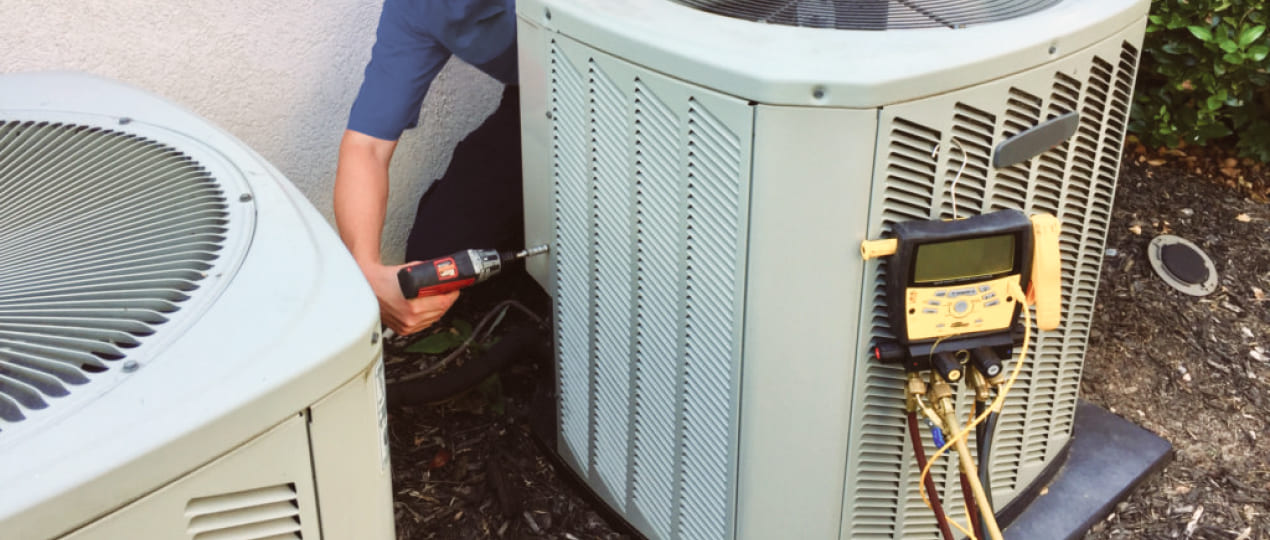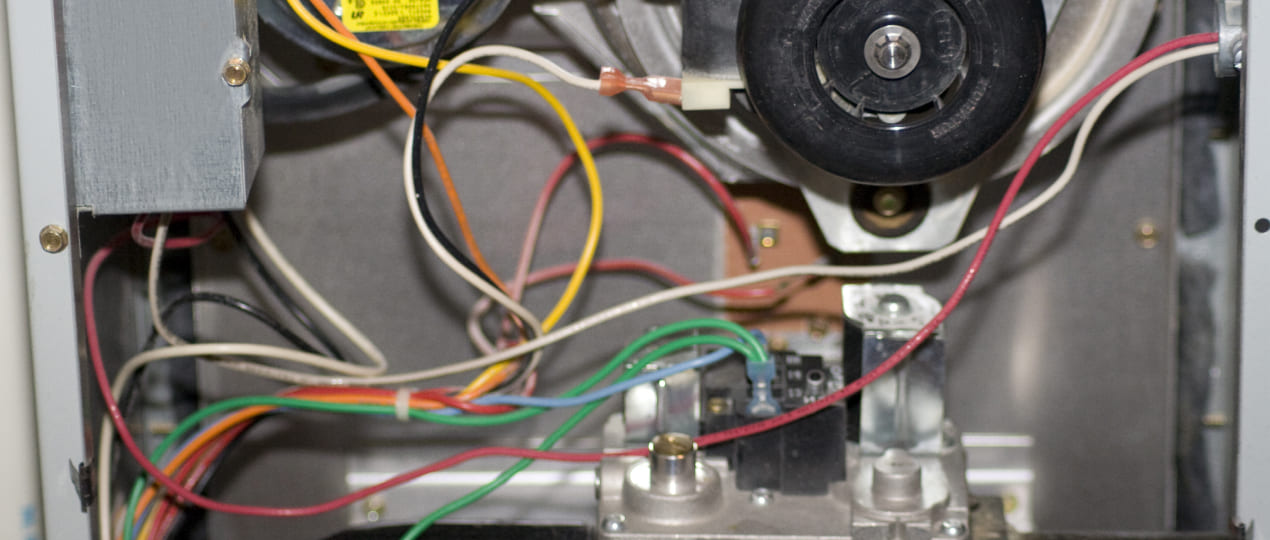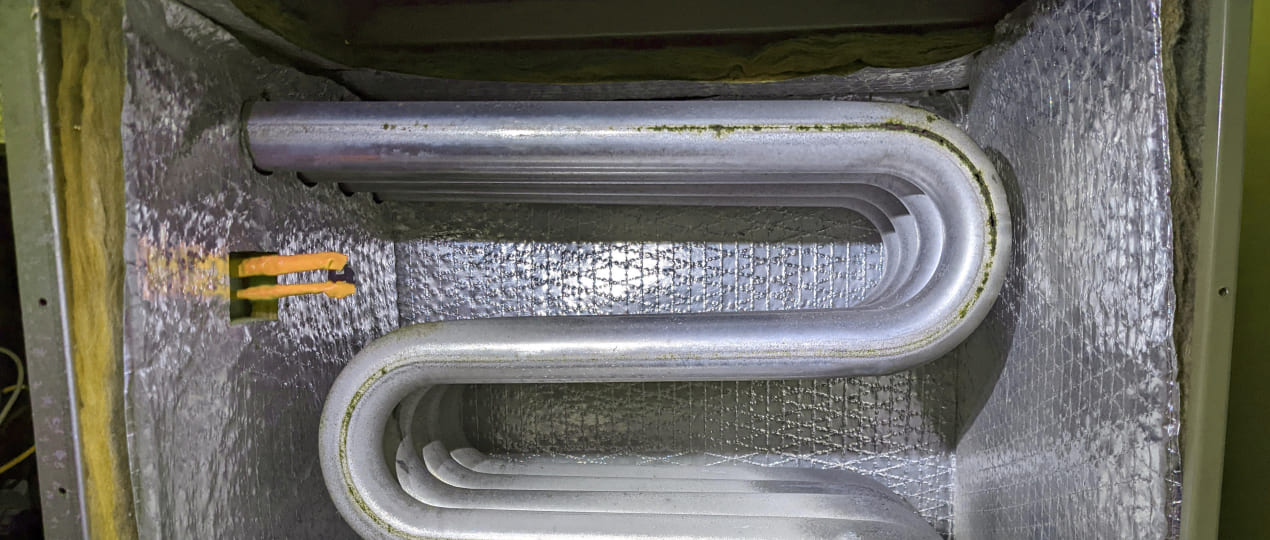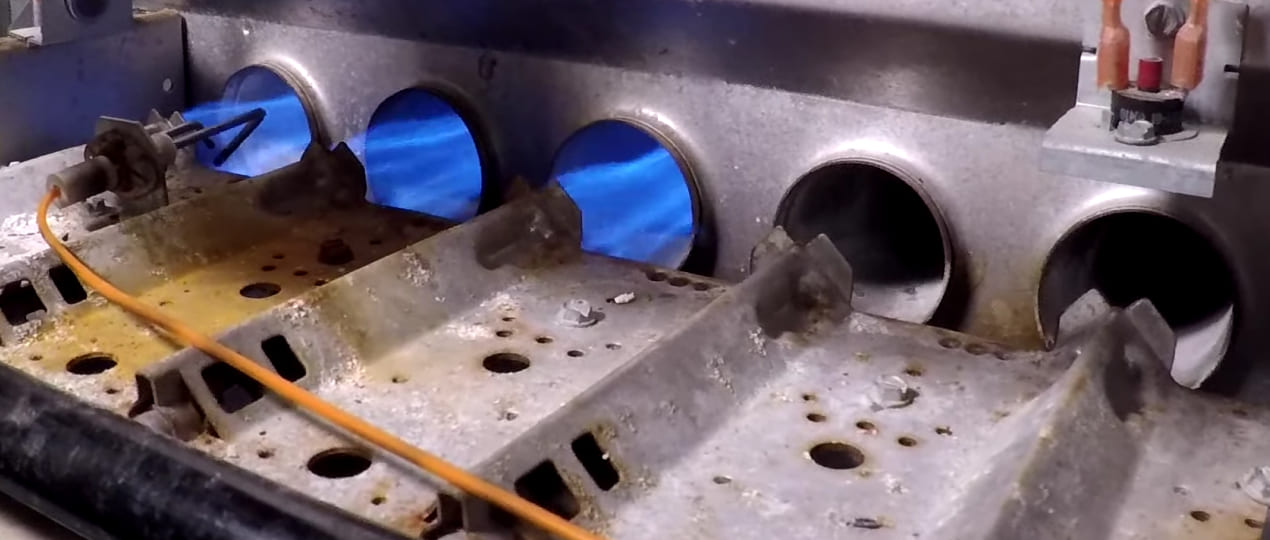
Furnace maintenance is an essential aspect of warranting your home to become safe, resourceful, and comfortable during the cold months. Habitual care not only improves energy productivity but also extends the life of your heating system. By understanding the process thoroughly, homeowners can enjoy a consistently warm environment and avoid unexpected breakdowns.
Why does cleaning furnace burners matter?
Customary retention is vital because cleaning furnace burners ensures well-organized combustion and reduces hazardous buildup inside your heating unit. Neglecting routine cleaning can conduct to decreased output, higher energy bills, and potential safety risks.
By keeping burners free of soot and debris, the system operates at optimal levels, providing steady warmth throughout your home. This preventive measure also minimizes the likelihood of expensive repairs and prolongs the overall lifespan. Timely dusting guarantees reliability and safety while reducing future operational costs competently.
Advantages of regular maintenance – how to clean burners on furnace
Upkeeping your gas furnace with systematic upkeep offers numerous benefits, including improved energy workability and consistent heat distribution. Following expert advice on how to clean furnace burners can prevent build-up and corrosion, implementing that your system operates safely and reliably.
Routine preservation enhances indoor air quality and reduces the risk of breakdowns during peak usage periods. This proactive approach results in lower repair costs and provides peace of mind for homeowners who prioritize both comfort and safety. Recurring care ultimately secures long-term reliability beyond doubt.
Risks of ignoring a dirty burner
Neglecting steady maintenance can expose your heating system to serious risks. Without how to clean furnace burner procedures, soot and residue accumulate, leading to inefficient fuel combustion and potential hazards. Over time, this neglect may cause equipment failure, increased emissions, and even fire risks within the home.
Homeowners might face costly repairs and safety compromises. Validating a clean burner is therefore critical to maintain productivity, reduce environmental impact, and protect both property and personal well-being effectively. Timely dusting prevents severe damage and unexpected hazardous situations indeed.
Signs that your gas furnace burner needs cleaning
Identifying the need for a thorough sanitizing is paramount for maintaining system precision and safety. Various signs may indicate that your burner is clogged or not operating optimally, which can turn into a decline in heating productivity. Homeowners should be vigilant and recognize symptoms early to prevent further damage and unnecessary expenses.
Observable signs indicating the burner requires immediate mopping clearly include:
- Yellow or flickering flame Suggests inefficient combustion and possible clogging immediately. This indicator often means that the flame is not stable, which can lead to incomplete burning of the fuel. The instability in the flame can also be a sign of excessive residue buildup that impairs proper ignition.
- Uneven heating or cold spots Indicate suboptimal exhibition issues. When parts of the home receive less heat, it often means that the burner is not distributing warmth evenly. This inconsistency can be caused by blockages or wear in the components that disrupt the heat flow.
- Strange noises during operation May signal internal debris accumulation abnormally. Unusual sounds such as hissing, clattering, or rattling can suggest that debris has settled in the assembly. These noises are often early warnings that cleaning is needed to prevent further mechanical damage.
- Increased gas consumption Often results from incomplete combustion and residue. A higher gas bill or a sudden spike in usage can be a clear sign that the burner is working harder to maintain heat levels. This inefficiency is typically due to blocked or dirty components that prevent the burner from operating at its full potential.
These warning signs should not be overlooked as they indicate the necessity for thorough cleaning. Frequent observation of behavior can help catch problems early and provide a safe, high-capacity system.
Step-by-step to cleaning a gas furnace burner
Proper sanitizing is a systematic process that enhances both safety and functionality. It is meaningful to follow detailed procedures to avoid damage and warrant the equipment runs smoothly. A methodical approach, as outlined in this guide, assists homeowners in executing preservation tasks confidently.
Follow these detailed steps listed below to guarantee comprehensive cleaning without error:
- Step 1: Turn off power and gas supply safely immediately Make sure that all electrical circuits and the gas supply are entirely disconnected before you begin. This precaution is major to prevent any accidental ignition or electrical hazards during the cleaning process.
- Step 2: Access the burner assembly with proper tools carefully Gather all the necessary tools beforehand to make certain a smooth and streamlined process. Taking your time to carefully access the assembly prevents accidental damage to delicate internal components.
- Step 3: Remove and inspect the burner for any damage Carefully remove the burner, taking note of its position and orientation for accurate reassembly later. Thoroughly inspect every surface for signs of cracks, corrosion, or buildup that could affect its performance.
- Step 4: Clean the burner thoroughly using recommended cleaning agents Use only the mopping agents specified by the manufacturer to avoid causing any damage to the materials. Scrub gently to remove all soot and debris, securing that no residue is left behind which could impede proper functioning.
- Step 5: Reassemble and test the furnace for proper operation Reassemble all the components meticulously, making sure each part fits securely and correctly in place. Once reassembled, conduct a comprehensive test to confirm that it is operating safely and at optimal resourcefulness.
Consistent adherence to these procedures can prevent potential malfunctions and enhance overall system output. Homeowners are encouraged to undertake these purging tasks with caution or consult experts if uncertain.
How often should you clean your gas furnace burner?
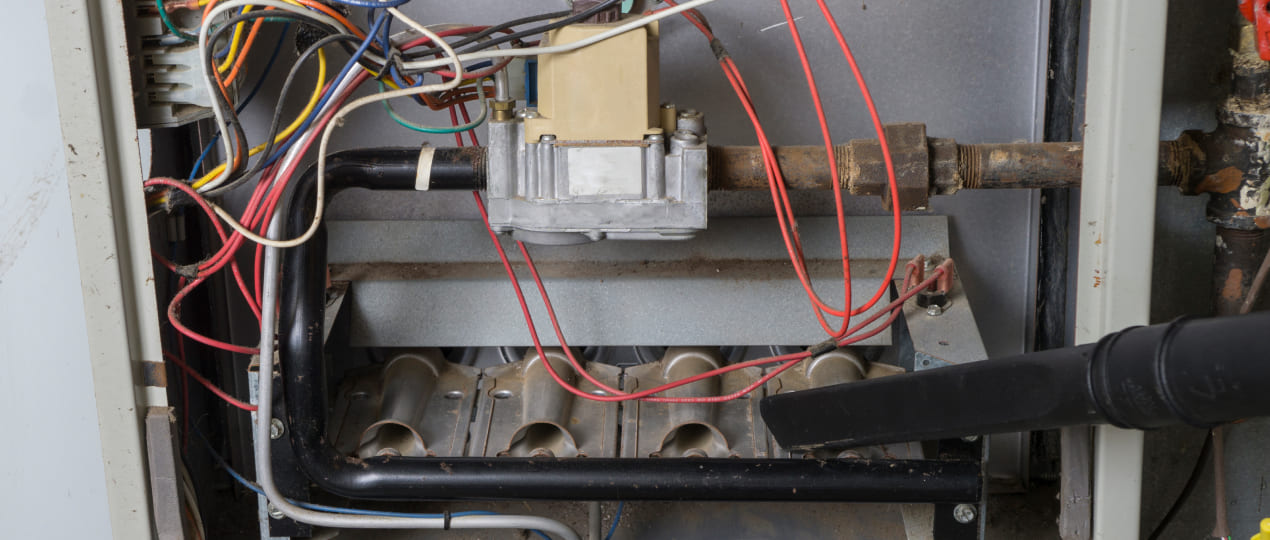
Determining the frequency of cleaning depends on usage, environmental factors, and overall system condition. It is recommended that homeowners consider how to clean burners on gas furnace at least once a year, with additional mopping if heavy use or dust accumulation is evident. Consistent inspections and timely sustaining can improve delivery and prevent unexpected failures. Consistent cleaning schedules validate optimal efficiency and contribute to a longer, trouble-free lifespan for your heating system.
When to call a professional for gas furnace upkeep
There are instances when high-quality assistance becomes necessary for your appliance servicing. Particularly when signs of wear or persistent issues arise, experts should evaluate how to clean old furnace burners for safety and expediency. Contacting a reputable service such as Superior HVAC Service ensures that intricate problems are addressed by skilled technicians.
Reasons why you should call an expert:
- Excessive wear and tear If your furnace exhibits visible signs of corrosion, dents, or structural damage, it may be beyond the scope of routine overhaul. Practitioners can assess the condition of worn components accurately and provide specialized repairs to restore safety and functionality.
- Persistent operational issues Recurring malfunctions or error codes, despite routine purging efforts, indicate that there might be underlying problems that need expert diagnosis. Technicians with a proper background can utilize advanced tools and techniques to pinpoint the root cause.
- Unusual noises and vibrations Constant rattling, clanking, or vibrating noises during operation may signal internal issues that are not resolved by simple cleaning. A qualified service provider can inspect and diagnose these abnormal sounds to prevent further damage or potential safety hazards.
- Increased energy consumption A sudden spike in gas usage or higher-than-normal energy bills can be a sign that your device is not operating precisely due to internal malfunctions. Skilled authorities have the expertise to optimize the delivery.
- Strong odor of gas or soot The presence of a persistent gas or soot smell is an alarming indication of improper combustion or hazardous residue buildup. Top-notch intervention is fundamental to address these dangerous conditions.
Timely experienced intervention is essential for resolving complex issues and establishing continuous operation expeditiously.
Primary considerations about burner cleaning
Knowing how to clean gas furnace burners regularly is indispensable for optimal exhibition and safety. Cleaning is essential for executing stable operation, reducing fuel consumption, and preventing hazardous situations. Buildup can lead to inefficient combustion, increased carbon monoxide emissions, and premature component wear. Regular diagnostics helps maintain a steady flame, prevents nozzle clogging, and improves heat transfer. For maximum safety and longevity, it is recommended to combine routine sanitizing with periodic certified inspections. Contact Superior HVAC Services to receive the greatest reliable outcomes and prevent possible damages or other issues!
REFERENCES
1. Wang, G., Cheong, K. P., Si, J., & Mi, J. (2021). Nonpremixed flameless combustion in a furnace: influence of burner configuration. Energy & Fuels, 35(4), 3333-3347.
https://doi.org/10.1021/acs.energyfuels.0c03503
2. Danon, B., Cho, E. S., De Jong, W., & Roekaerts, D. J. E. M. (2011). Numerical investigation of burner positioning effects in a multi-burner flameless combustion furnace. Applied thermal engineering, 31(17-18), 3885-3896.
https://www.sciencedirect.com/science/article/abs/pii/S1359431111003966

